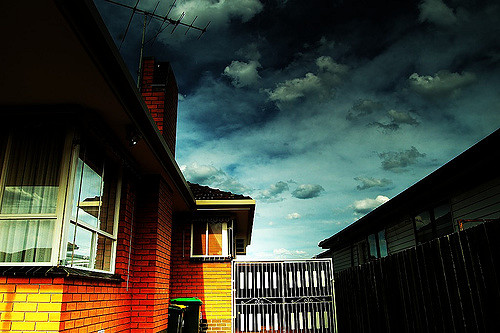
Many of us are familiar with the “white flight” of the 1950s, as droves of White families moved from major cities to the surrounding suburbs. While we might like to believe that white flight is a relic of the past, a recent article in the Pacific Standard highlights recent research by sociologist Samuel Kye showing that white flight remains a reality in many American neighborhoods. Using Census data, Kye found evidence of white flight — losing at least 25% of its White population — in more than 10% of suburban neighborhoods between 2000 and 2010.
While this demographic shift could reflect property values and economic concerns, Kye’s findings suggest that class is not driving these trends. When compared to poorer communities, middle class neighborhoods are actually more likely to experience white flight. As Kye outlines,
“Race not only remains salient in middle-class neighborhoods…but motivates white flight to an even greater degree relative to those same effects in poorer neighborhoods… White flight eventually becomes more likely in middle-class neighborhoods when the presence of Hispanics and Asians exceeds 25 percent and 21 percent, respectively. Middle-class neighborhoods appear to be less reliable routes for the residential integration of Hispanics and Asians.”
Kye’s research demonstrates that despite growing diversity in many rural and urban communities across the United States, white flight will remain a persistent challenge to racial and ethnic integration within neighborhoods — and overall racial and ethnic equality. Kye concludes,
“…racially integrated neighborhoods represent key sites where sustained exposure and contact may continue to erode longstanding divisions, and improve levels of intergroup cooperation and trust.”

Comments